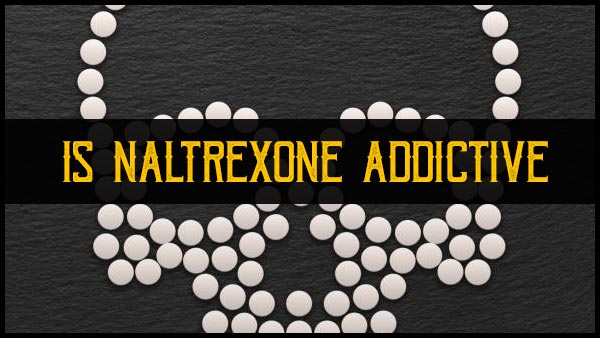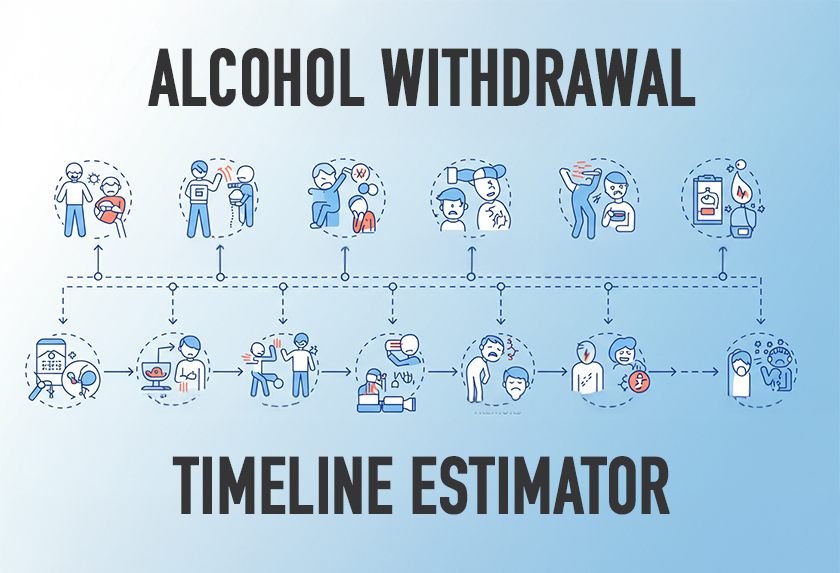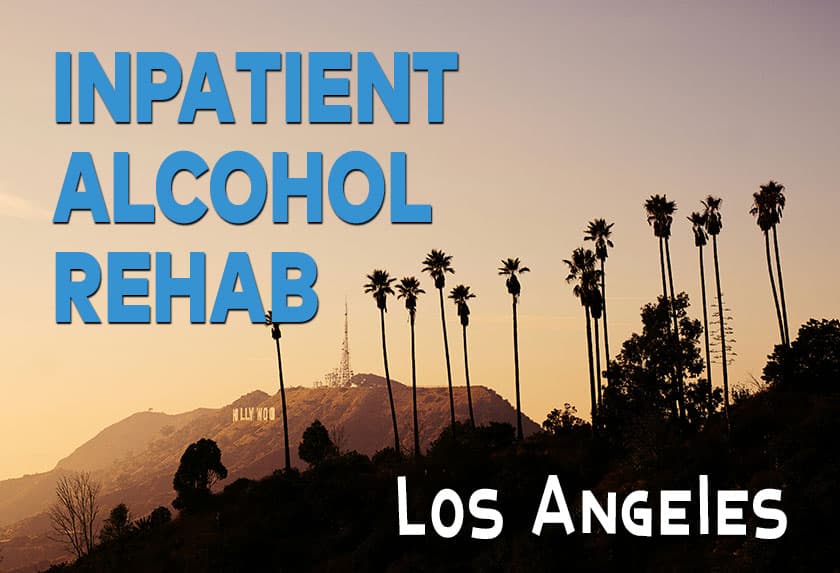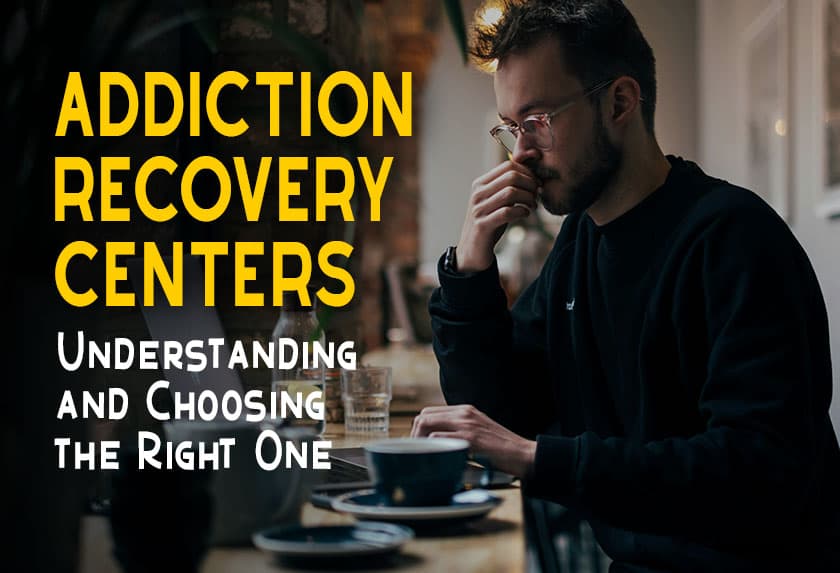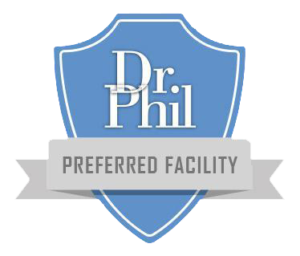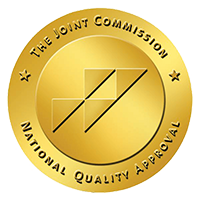It’s estimated that over 130 people die every day from an opioid-related drug overdose.
The US is in the midst of an opioid crisis. With over 2 million Americans dependent on or abusing opioids, the need for solutions is pressing.
Naltrexone is part of those solutions.
For those addicted to opioids, Naltrexone is a potential treatment. But is Naltrexone addictive itself?
Keep reading for the answer and everything else you need to know about this form of opiate blocker pills.
What Is Naltrexone?
Naltrexone is a prescription drug that’s used for treating addiction. It makes people addicted to certain drugs not want to take those drugs again. Specifically, it’s used to treat addiction to opiates and alcohol.
Other medications used to treat addiction work by reducing a person’s cravings for those drugs. These include prescription drugs like buprenorphine and methadone.
Naltrexone, on the other hand, is a class of drug known as opiate antagonists. This means it completely removes the desire to take those drugs.
It does this by blocking the effect that opiates have on your brain. In this way, you’re unable to feel the high associated with opiates. It also reduces cravings for the drug. The same effects can be observed with patients using Naltrexone for alcohol abuse.
How Does Naltrexone Work?
Opiates provide very effective pain relief. They usually also produce feelings of euphoria.
It’s these two characteristics that make opiates so addictive. It gives your body more dopamine so you feel good. And because you want to keep feeling good, you continue taking the substance.
Opiate blocker pills such as Naltrexone block your bodies opioid receptors. As a result, you don’t experience the euphoric feelings produced by the drug. The opioid essentially loses the effect that makes it addictive.
How Do You Take Naltrexone?
The easiest way to take Naltrexone is to ingest it in tablet form. ReVia and Depade are some of the more common forms of Naltrexone. It’s also available as a time-release injection as well as an implanted device.
Tablets
The dosage of Naltrexone that’s right for one person isn’t what’s right for another. The dosage, strength, and the daily amount varies by individual and can be determined by a doctor.
You may be required to take Naltrexone while in a treatment center, under supervision, or at home.
Injectable
The injectable form of Naltrexone works as a time-release. Most commonly found as Vivitrol, doses are administered once per month.
You can only take the injectable treatment under the supervision and care of a doctor or nurse.
Implant
In a procedure using a local anesthetic, small, pellet-like implant devices are placed into the lower abdominal wall.
This form of Naltrexone is also time-released. It releases the drug for three to six months until it requires removal.
An implant treatment requires that a patient is in a residential treatment setting. It requires consistent monitoring by health professionals in a clinical environment.
Is Naltrexone Addictive?
Naltrexone doesn’t produce a high or any feelings of euphoria. In fact, it blocks those feelings as well as any cravings for alcohol and/or opioids.
Individuals using Naltrexone also don’t experience any withdrawal when they are no longer taking it. There are no cravings for Naltrene after treatment is finished.
Potential Side Effects
Naltrexone is well-tolerated by most individuals. For people who develop the following side effects, they should fade as you become used to the treatment.
Remember that a doctor prescribes Naltrexone knowing these potential side effects are worth the risk. Compared to the effects of long-term alcohol or opioid use, these side effects outweigh the risk.
The minor side effects of Naltrexone are:
- Nausea
- Tiredness
- Trouble sleeping
- A headache
- Mild abdominal pain
- Pain in joints or muscles
Another potential side effect of Naltrexone is mild opiate withdrawal symptoms. These include:
- Abdominal cramping
- Muscle aching
- A runny nose
- Bone pain
- Restlessness
When the side effects persist or become more severe, consider contacting a doctor or pharmacist.
Things to Consider
When thinking about opiate blocker pills, there are some additional items to consider. We’ve outlined each below.
Additional Treatment
Naltrexone won’t work without additional treatment. This medication should be part of a bigger program of recovery that consists of compliance monitoring, behavioral contracts, counseling, lifestyle treatment, and/or other methods of treatment. These can be determined by a doctor or addiction specialist.
Detoxification
When beginning Naltrexone, it’s important that the patient detoxes from opioids first.
Why?
Because Naltrexone triggers withdrawal symptoms if you’re dependent on an opiate. Your body must be free of opioids for seven to 10 days to avoid this side effect. Some individuals may require even more than 10 days before taking Naltrexone.
In addition, Naltrexone doesn’t always stop drug cravings. Depending on the individual, cravings for opioids may still be present even though the high associated with taking them is lost.
For these reasons, patients should complete detox before taking Naltrexone. While this may prevent some patients from taking Naltrexone, it ensures that those who are able to detox before beginning this medication have the best chance at recovery.
Senstivitibty
It’s possible that taking Naltrexone can make an individual more sensitivity to opioids. That means their body has a greater reaction to lower doses of opioids, and this puts people at risk for overdose should they return to drugs following treatment.
The Limits of Opioid Blockers
Like all medications, Naltrexone has limitations in its effectiveness. Although it’s made to block the euphoric feelings associated with opioids, the block can be overcome by taking a larger quantity of opioids.
You should never attempt to overcome the Naltrexone block with increased quantities of opioids. This can very easily lead to complications up to an including an overdose.
Do You Need Help with an Opioid Addiction?
If you or someone you love is struggling with an opioid addiction, there are solutions like Naltrexone. But is Naltrexone addictive? Absolutely not.
Naltrexone stops the high feeling you get from taking opioids. There are no withdrawal symptoms or cravings associated with its use. And it’s one part of an effective recovery program that can make a big difference.
For more information on recovery and treatment programs, contact us today.
